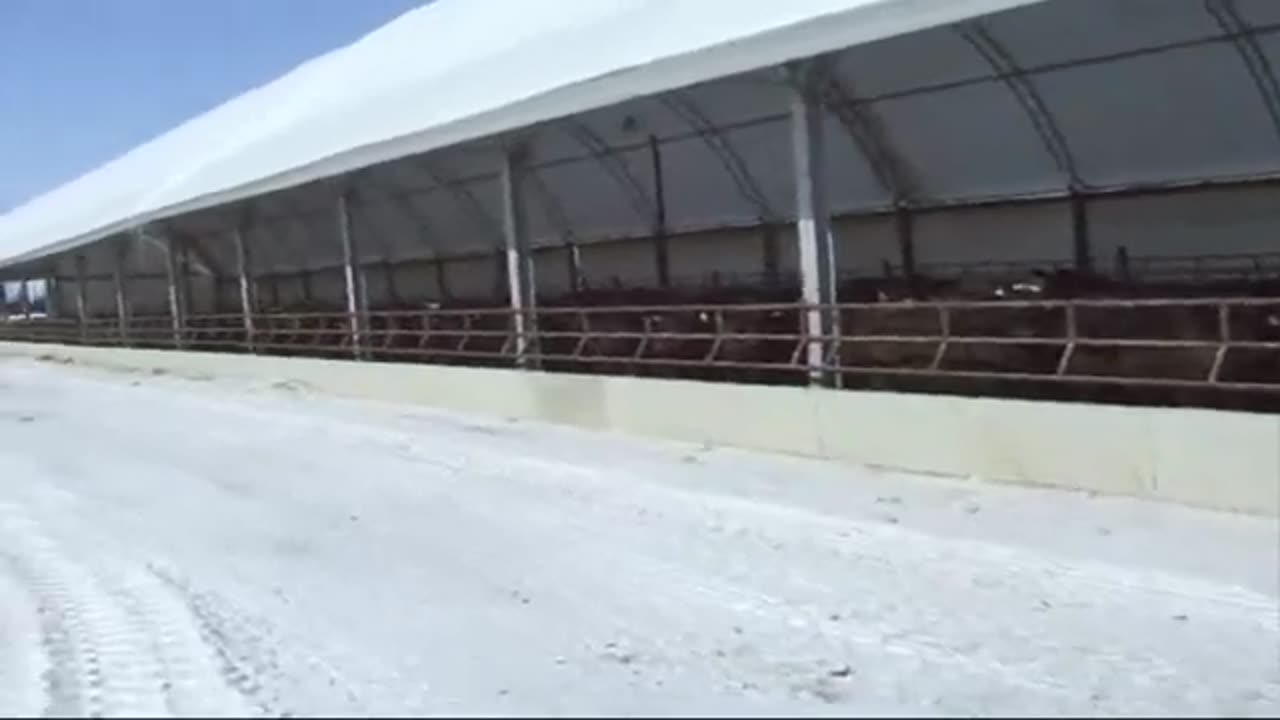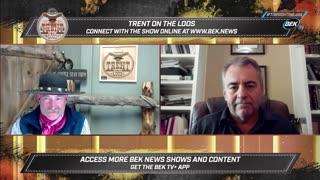Premium Only Content

Finishing Cattle in Hoop Barns
Finishing cattle in hoop barns has become an increasingly popular method within the agricultural community. Hoop barns, also known as hoop houses or high tunnels, provide a controlled environment for cattle to reach their finishing weight before being sent to market. These structures consist of a series of curved metal or PVC pipes covered with a durable, UV-resistant fabric.
One of the primary advantages of finishing cattle in hoop barns is the ability to regulate environmental conditions. These structures offer protection from harsh weather elements such as extreme temperatures, wind, and precipitation. Additionally, they can be equipped with ventilation systems to ensure adequate airflow and minimize humidity levels, which is crucial for the health and well-being of the animals.
Furthermore, hoop barns provide ample space for cattle to move around freely, promoting exercise and reducing stress. This can lead to improved muscle development and overall meat quality. The controlled environment also allows for precise monitoring of feed intake, ensuring that cattle receive a balanced diet tailored to their nutritional needs.
From a management perspective, hoop barns offer greater flexibility in terms of site selection and scalability. They can be easily erected and dismantled, making them suitable for temporary or seasonal operations. Moreover, their modular design allows for expansion or relocation as needed, accommodating changes in herd size or land use.
In summary, finishing cattle in hoop barns offers a sustainable and efficient approach to livestock production. By providing a comfortable and controlled environment, these structures promote animal welfare, optimize growth rates, and enhance the quality of the final product.
#CattleFarming #LivestockProduction #HoopBarns #AnimalWelfare #SustainableAgriculture #FarmManagement #Feedlot #AgriculturalInnovation #MeatQuality #EnvironmentalControl
-
 LIVE
LIVE
BEK TV
22 hours agoTrent Loos in the Morning 6/27/2025
200 watching -
 LIVE
LIVE
The Bubba Army
21 hours agoWander Franco found GUILTY! - Bubba the Love Sponge® Show | 6/27/25
3,055 watching -
 9:53
9:53
MattMorseTV
19 hours ago $19.29 earnedCNN just made a FATAL MISTAKE.
54.6K64 -
 25:23
25:23
Uncommon Sense In Current Times
15 hours ago $1.01 earnedInside Iran: Lana Silk on the Underground Church, the Islamic Regime & the Fight for Freedom
5.15K3 -
 12:59
12:59
Actual Justice Warrior
16 hours agoDemocrat Calls For Gangs To ATTACK ICE
2.4K15 -
 34:18
34:18
Athlete & Artist Show
4 days ago $0.61 earnedPanthers Win BACK 2 BACK, Bennett Wins Conn Smythe, Can Florida Keep The Rat Pack?
3.79K1 -
 23:08
23:08
DeVory Darkins
1 day ago $5.67 earnedCNN suffers HUMILIATING SETBACK after Iran confirms damage to nuclear sites
9.56K78 -
 8:09
8:09
Nate The Lawyer
1 day ago $0.90 earnedKarmelo Anthony Indicted for First‑Degree Murder Facing Life In Prison
5.75K9 -
 1:06:58
1:06:58
The Chris Cuomo Project
1 day agoAOC Is KILLING the Democratic Party Over Iran
5.65K9 -
 1:17:05
1:17:05
"What Is Money?" Show
1 day agoGary's Economics Explains Money (Badly)
7.48K6